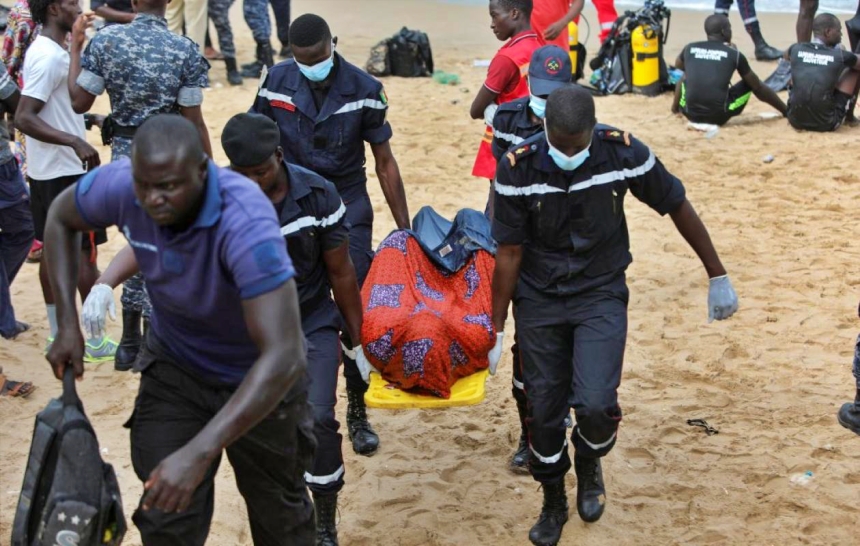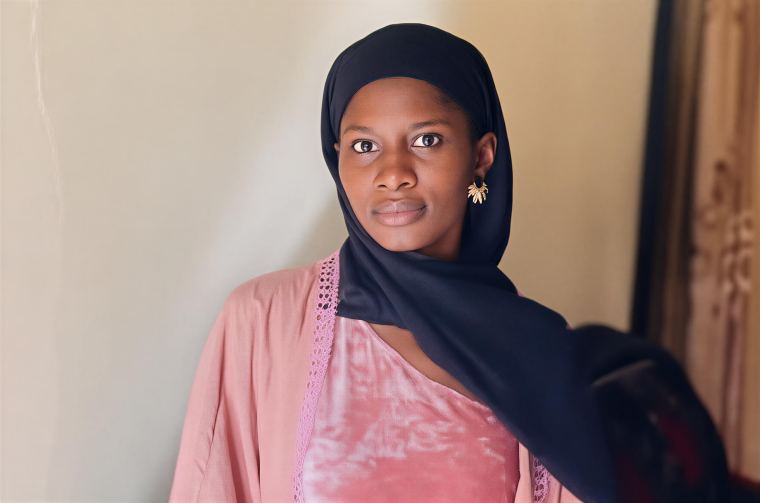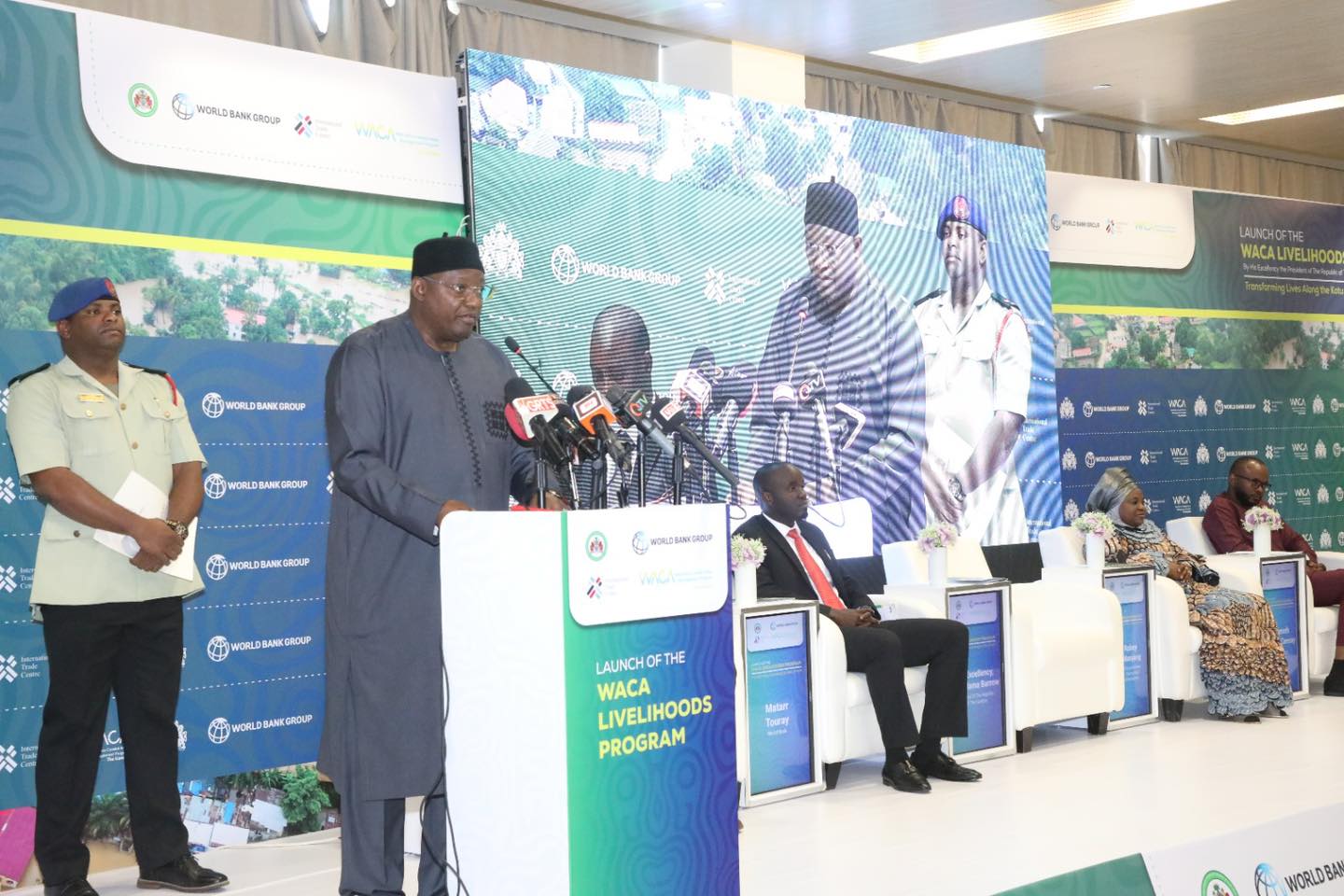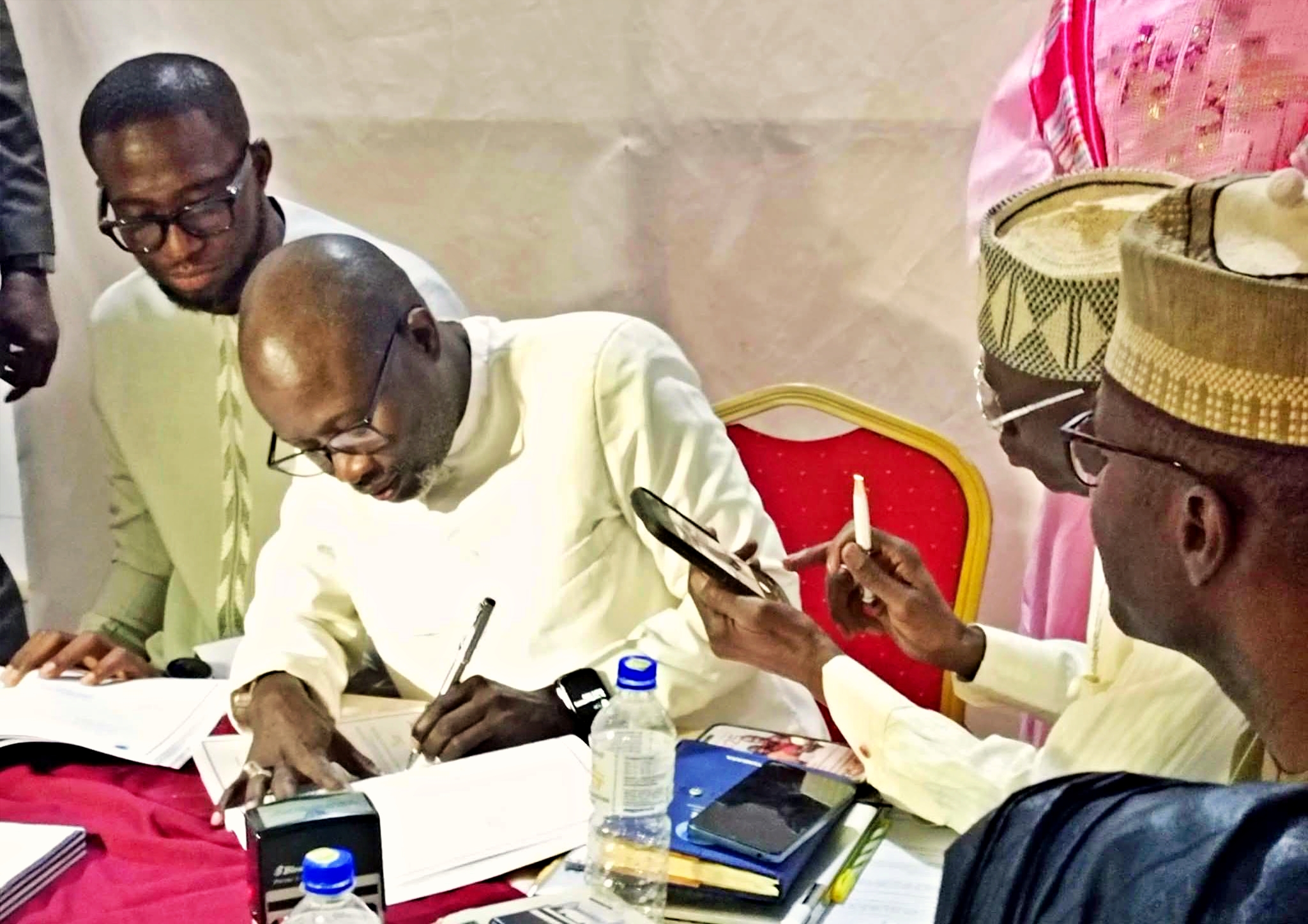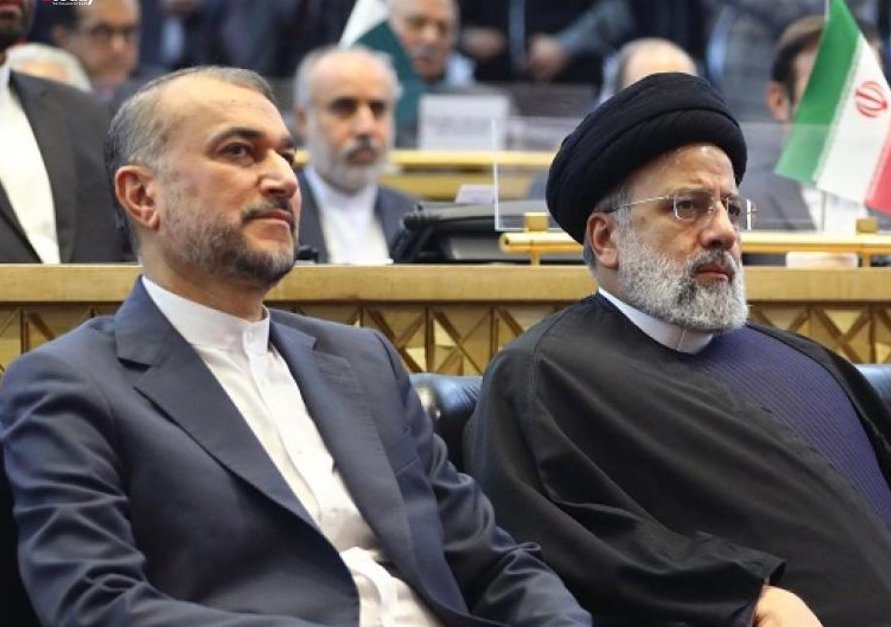Gambiaj.com – (BANJUL) – The death of Iranian President Ebrahim Raïssi in a helicopter crash comes amid an already tense context, just five weeks after a confrontation with Israel. The consequences are colossal, both for regional conflicts and domestic stability.
The sudden and unexpected death of a head of state is always a test for any country. When it happens in a key nation like Iran, in the already volatile Middle East, the tension becomes palpable.
The Foreign Minister Hossein Amir-Abdollahian, who died in the helicopter crash, traveled to The Gambia two weeks ago to participate in the 15th summit of the Organization of Islamic Cooperation (OIC). During his visit, he met with his Gambian counterpart, Mamadou Tangara, and held discussions with the Foreign Ministers of Egypt, Indonesia, Saudi Arabia, Turkey, Bangladesh, and Sudan, as well as the Secretary General of the OIC. His diplomatic efforts prompted Israeli media to claim that Iran attempted to leverage the OIC summit in Banjul to advance its agenda against Israel.
Clearly, the death of President Ebrahim Raïssi and his Foreign Minister, Hossein Amir-Abdollahian, has created a crisis within a crisis during a time of war and dangerous rivalries.
Firstly, the circumstances are ripe for conspiracy theories. Until further notice, it was an accident due to bad weather conditions involving an American-made helicopter over half a century old. Nothing in the official communication, nor in the known facts, suggests an attack. However, given Iran’s recent confrontation with Israel, speculation about foul play is inevitable.
To understand the political significance of the Iranian president, we must delve into the complexities of Iranian power, a unique theocratic system. The elected president is not the most powerful figure in Iran; that role belongs to the Supreme Leader, currently Ayatollah Ali Khamenei. The president heads the state but has limited authority and defers to the Supreme Leader on critical matters, such as national security.
Despite this, the death of Ebrahim Raïssi plunges Iran into uncertainty. He was considered the favorite to replace Khamenei in a complex succession process. With Khamenei at 85 and in fragile health, the question of succession has been a persistent issue in Iran.
At 63, Raïssi was part of the hardline faction of the regime, having succeeded the more moderate Hassan Rouhani in 2021. His replacement is delicate, especially given the context of future succession at the highest level.
This crash increases unpredictability in the region. Iran is a key player, sponsoring several actors in the ongoing regional conflicts: the Houthis in Yemen, Hezbollah in Lebanon against Israel, and Palestinian Hamas, despite different historical ties.
There is a dual risk—instability and escalation—at a time of heightened doubt and fear. The diplomatic and political management of the coming days will be crucial.
Domestically, Iran faces a dire situation with the harsh repression of the women’s movement, resulting in hundreds of victims and death sentences.
The greatest risk now is the regime’s potential for a headlong rush as it grapples with losing control over part of its youth. The legitimacy of the regime is at stake, and the sudden disappearance of the president exacerbates its fragility.



